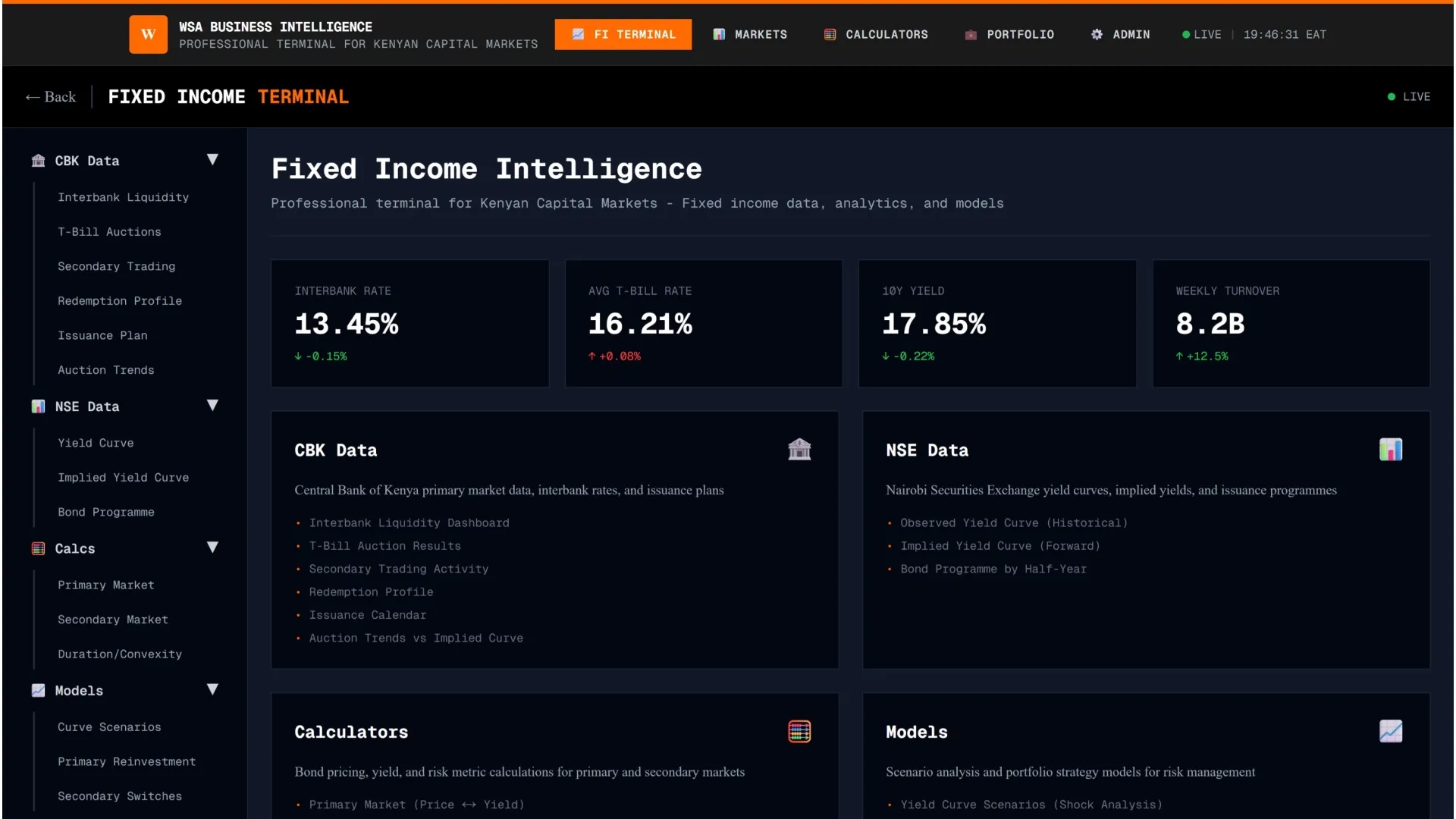The Sugar Bill signed into law by President William Ruto in November last year was a Trojan horse for the 4% Sugar Development Levy that will most likely be transferred onto consumer prices.
- •The law sought to revitalize the ailing Kenyan sugar industry which has wrecked the economic prospects of many cane farmers in Western and Nyanza regions.
- •The 4% Sugar Development Levy for the value of both domestic sugar and the Cost Insurance Freight (CIF) value of the imported sweetener will be channeled to different infrastructural and labour support programs in the sector.
- •The levy plus the hiked excise duty of 7.5%, which initially stood at 5% and was increased in the Tax Laws Amendment Act, will see price hikes at the retail level, which will undoubtedly affect demand.
“The Board invites the general public to submit comments on the proposed Sugar Development Levy Order, 2025, as outlined in the draft gazette notice,” the Kenya Sugar Board said in a notice, setting Tuesday 21st January as the deadline for submissions. The new levy is set to take effect from February 1st.
Millers and importers of sugar will be required to remit the levy to the KSB at no later than the tenth day of the month. About 15% of the total funds collected from the levy will be allocated towards factory development and rehabilitation. Another 15% allocated to producing regions for infrastructural development and maintenance. The allocation will made based on the production capacity.
About 10% of the levy funds will be geared towards administration of the KSB and 5% given to sugarcane farmers’ organizations. The Kenya Sugar Research and Training Institute will benefit from 15% of the development levy, while 40% will go to farmers.
New Taxes, Old Problems
Over the past one year, sugar prices in retail stores have dipped and stabilized – reducing costs for other producers and consumers. Official statistics in December show that the average price of a kilogram was almost KSh 160, down from KSh 214 in December 2023.
Apart from financially straining consumers, the looming hike in sugar prices could reduce demand. This will be a big blow to the government’s intention to revitalize the industry as the projected collections face a shortfall. It could also exacerbate smuggling of the product as dealers seek to evade the taxes.
The Ministry of Agriculture estimates that the sugar industry supports the livelihoods of at least 17 per cent of the Kenyan population. At full capacity, the industry can produce over 1.3 million metric tonnes which would meet the domestic demand. The industry only utilizes 70 per cent of the installed processing capacity.




